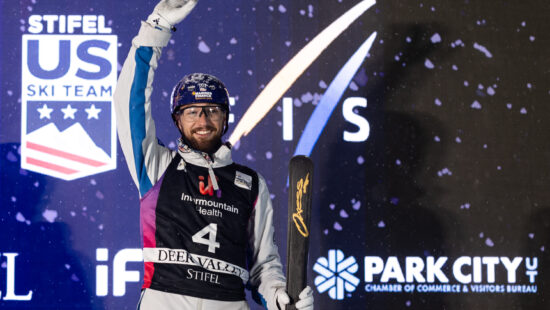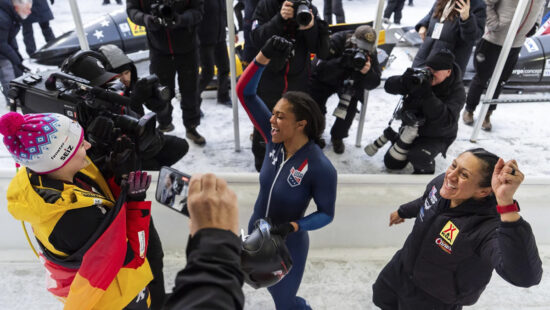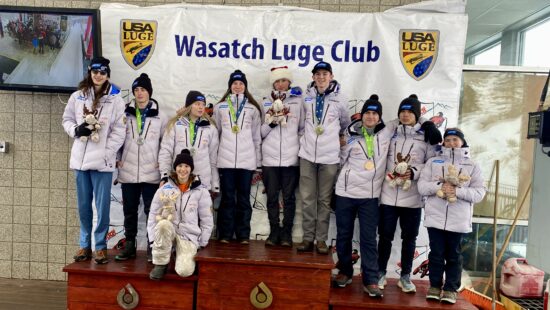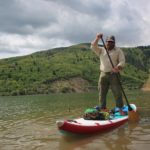Sports
Olympic forerunners, for your information – skiing and sliding’s safety squads
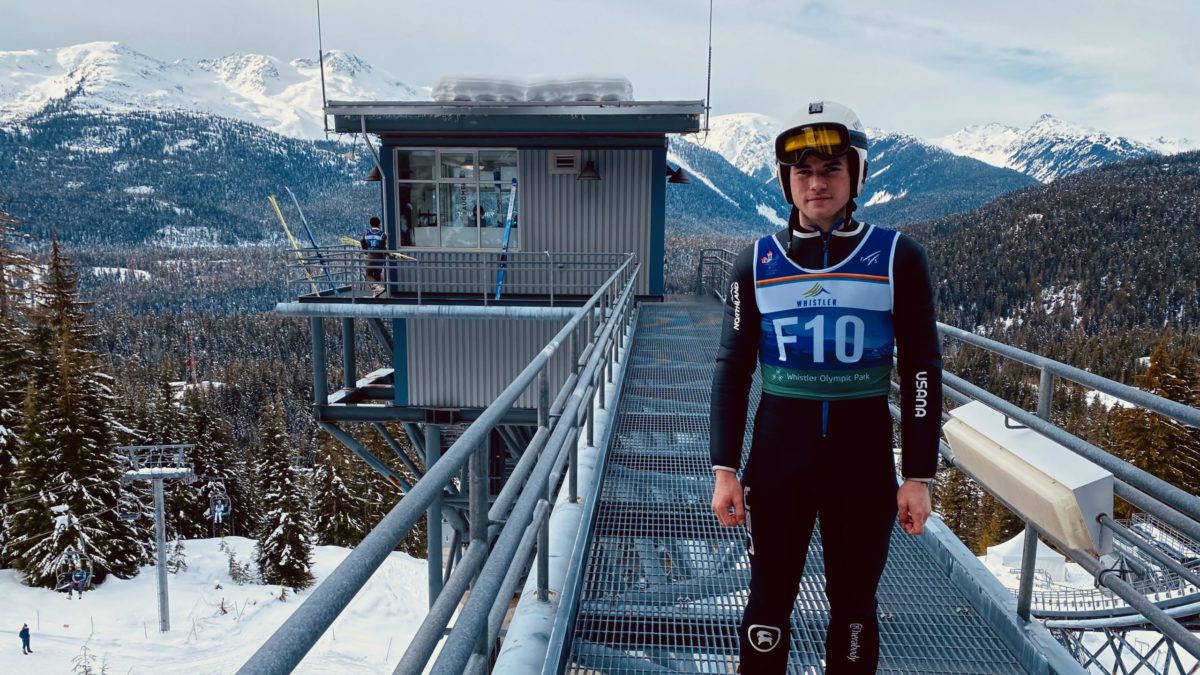
"Root" Roepke gets a room with a view as a forerunner at an international competition. Photo: Michele Roepke
In the International Ski Federation (FIS), the International Luge Federation (FIL), and the International Bobsleigh Skeleton Federation (IBSF), top competition requires a particular class of athletes to hurry up and wait as forerunners, aka forejumpers, aka foresliders, and even afterburners.
“FIS uses forerunners in its Nordic disciplines (Cross-Country, Nordic Combined, and Ski Jumping) and Alpine. For Freestyle and Snowboard, the athletes normally have their training and qualification directly before the competition, so no forerunners are used there, with the exception of our Cross Country events.” FIS Communications Director Jenny Wiedeke told TownLift. “Forerunners all have very different roles based on the discipline. For example, in Cross Country, the forerunners are often sent out to help smooth the tracks out on snowy days, while in Alpine, they are used at the start of the race to test the course conditions and give the athletes and teams a chance to see how the course is running.”
Forerunners ensure safety and fair play at Olympic Games, World Championships, Jr. World Championships, World Cups, Continental Cups, National Championships, and Jr. National Championships.
Notice in the video below the announcers, cameras, and spectators are focused on the female Olympic Cross Country racers from Estonia, Finland, France, and Italy at the 2023 U23/Jr. World Championships in Canada cross the starting line. Simultaneously, and with zero fanfare, a group of blue-bibbed forerunners in the foreground, local men, women, and teen skiers cross the finish line.
Outdoor weather conditions such as lightning, low visibility, and wind can help competitors perform the best or worst run of their lives. If, after crossing the finish line, it’s discovered that the electronic timing eye at the start or finish record accurately due to snow or rain, that’s not fair to that athlete. Conversely, if a competitor has the worst run of their life and it’s discovered that there was an anomaly in the course itself, that’s literally not a level playing field.
Peter Gerdol, the FIS Women’s Chief Race Director, told TownLift, “Forerunners play a vital role in our race day operations. Their performances provide athletes, teams, and course officials with vital information about the intricacies of a course. With conditions changing rapidly in a mountain environment, the real-time information that can be learned from forerunners is critical.”
Forerunners have to be Goldilocks, if you will, athletes. Skilled enough to safely start from the same high-level starting line as the competitors of this particular event, but not so skilled as to have earned a competitive bib. Old enough, there are strict youth age regulations, but retired athletes can be forerunners. Local club development athletes are ideal, and for disciplines considered less potentially risky, like Cross County, they suffice nicely.
However, in highly specialized sports, like Ski Jumping, it’s necessary to recruit forerunners from wherever on the globe they are. For example, at last weekend’s U23/Junior Nordic FIS World Championships in Canada, the list of forejumpers included two from the United States, one from Canada, one from Switzerland, and six from Slovenia. In last month’s Bobsled and Skeleton World Cups in the United States, foresliders were brought in from Canada.
Competitors pay for participation, travel, lodging, and food. Forerunner’s costs are covered.
No names and no countries are announced of forerunners, and families watching broadcasts from home won’t get to see the run. Forerunner’s names are neither printed nor typed into start lists or finish results.
They know what they’re signing up for. It’s not out of the ordinary for, over the closed-circuit operations headphones, seasoned race organizers to shout, to be heard over the whipping winds and sideways snow, “THIS IS THE SKETCHIEST WEATHER I’VE EVER SEEN IN THIS SPORT, SEND A FORERUNNER.”
These youngsters have to have the wherewithal to A then) get to the bottom, and B) pick up a radio and explain that a bump in the course needs to be smoothed out. While aware that these corrections will hold-up television time, sponsor advertisements, warmed-up competitors on deck, and cold spectators, all in the name of safety.
A competitor knows their bib number and start time, so they can wake up at a particular time, regulate their food intake, time bathroom breaks, get to the venue at a planned time, do their warm-up routine, get to the starting gate at a planned interval, do their next warm-up routine, jump up and down, shake out their legs, arms, tighten their boots, and adjust their suit. Forerunners aren’t afforded those luxuries. They sit in a confined, cold space, can’t buckle or unbuckle boots, don’t get or have or maintain loose muscles, then, in an unknown second, be told, ‘OK, go, now.’ They are the first ones to the venue and the last to leave.
They then head to the start to hurry up and wait again. Sometimes they go many more times than the athletes, which is a bonus for experience, but sometimes their services are optional, and the course is too rushed or too pristine to be sent after the roster as an afterburner.
It’s considered quite a privilege and, for up-and-coming athletes, quite a resume builder. For retired athletes, it’s a chance to see old friends and have some fun. Forerunners, although seemingly thankless at certain moments, get a huge, if unspoken, thank you from the international sport community.















